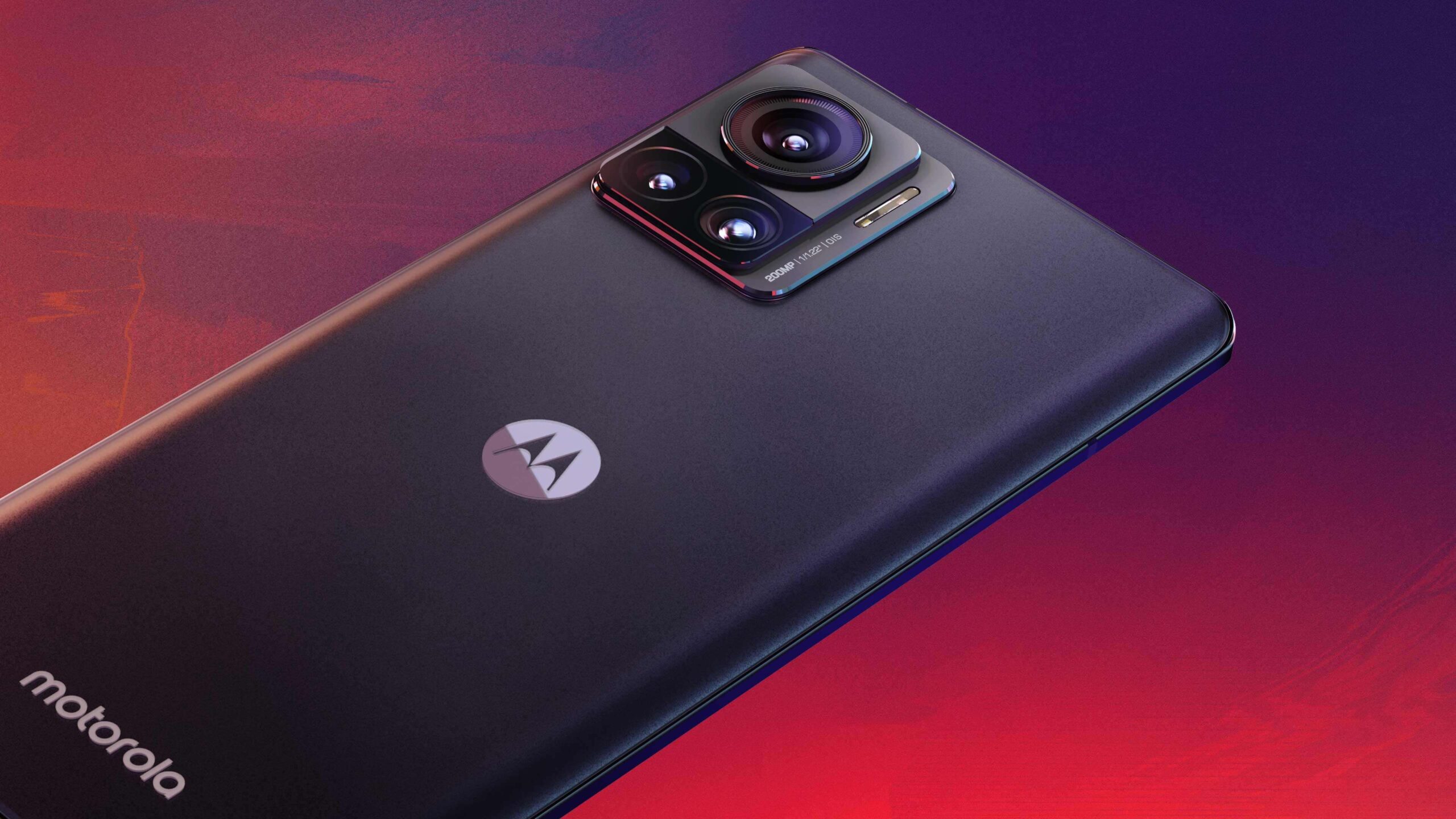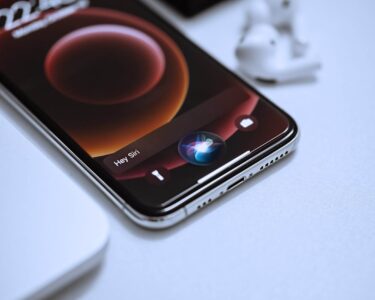The Mobile World Congress (MWC) 2024 witnessed a wave of innovative tech reveals, but perhaps none captured more attention than Motorola’s “Adaptive Display” concept. This groundbreaking device isn’t just a phone; it’s a shape-shifting marvel that seamlessly transforms between a smartphone and a smartwatch form factor.
The phone boasts a large, 6.9-inch flexible OLED display in its unfolded state. This makes it ideal for the traditional smartphone experience, allowing users to comfortably browse the web, watch videos, and play games. However, the magic lies in the innovative hinge and bendable display technology that empowers its shape-shifting capabilities.
With a gentle bend, the phone transforms into a smaller, 4.6-inch display that comfortably wraps around the wrist like a smartwatch. This “wraparound mode” makes it perfect for checking notifications, responding to messages, and even viewing select apps in a comfortable way. Motorola envisions pairing this functionality with its AI-powered “outfit-matching wallpaper” feature, allowing users to personalize their smartwatch experience further.
The hinge allows for a “curved display” mode
While the “Adaptive Display” is currently a concept device, it showcases a glimpse into the future of smartphone technology. It represents a significant advancement beyond the current foldable phone trend by offering a true multi-form factor experience.
However, despite the excitement surrounding the innovative design, several questions remain unanswered. Concerns regarding durability, battery life, and software optimization for the different form factors are at the forefront. Additionally, the pricing and target audience for this technology remain unclear.
Analysts believe that successfully addressing these concerns will be crucial for the “Adaptive Display” to transition from a captivating concept to a commercially viable product. Some experts point out the challenges: “Foldable phones themselves are still struggling with issues like durability and screen creases. This multi-bend design introduces even more complexities that need to be overcome for a smooth user experience.”
Despite the existing hurdles, the “Adaptive Display” undoubtedly represents a bold and innovative step towards a future where our smartphones adapt to our needs and seamlessly blend into our lives. As noted by a technology journalist at the MWC, “It’s not just about the form factor; it’s about the possibilities it unlocks. Imagine a phone that adjusts to the way we use it, not the other way around.”
Whether the “Adaptive Display” becomes a reality or remains a fascinating concept, it has sparked discussions and pushed the boundaries of what smartphones can be. The future of mobile technology looks increasingly adaptable, and Motorola’s innovative design serves as a potent reminder of the exciting possibilities that lie ahead.





